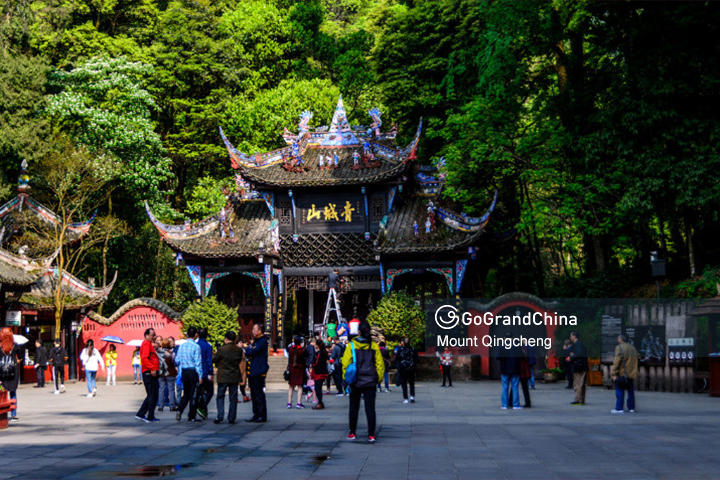

Introducing UNESCO World Heritage Sites in Chengdu
Chengdu & its surrounding areas have a total 5 cultural and natural places inscribed on the UNESCO World Heritage List as of 2020. Sichuan Giant Panda Sanctuaries became the World Heritage Site in 2006. Mount Emei and Leshan Giant Buddha were listed as World Heritage Sites in 1996. Mount Qingcheng and the Dujiangyan Irrigation System were inscribed on the UNESCO World Heritage List in 1996. If you happen to be in Chengdu or anywhere else in Sichuan province, be sure to drop by these amazing UNESCO World Heritage Sites. Each of Chengdu's UNESCO World Heritage Site has a tale to tell. Book GoGrandChina tour packages to learn the tales of Chengdu's UNESCO World Heritage Sites at the most affordable prices.
Sichuan Giant Panda Sanctuaries
Sichuan Giant Panda Sanctuaries, home to more than 30% of the world's pandas which are classed as highly endangered, covers 924,500 ha with seven nature reserves and nine scenic parks in the Qionglai and Jiajin Mountains. The sanctuaries constitute the largest remaining contiguous habitat of the giant panda, a relict from the paleo-tropic forests of the Tertiary Era. It is also the species' most important site for captive breeding. The sanctuaries are home to other globally endangered animals such as the red panda, the snow leopard and clouded leopard. They are among the botanically richest sites of any region in the world outside the tropical rainforests, with between 5,000 and 6,000 species of flora in over 1,000 genera. Get more about Chengdu Panda Base.
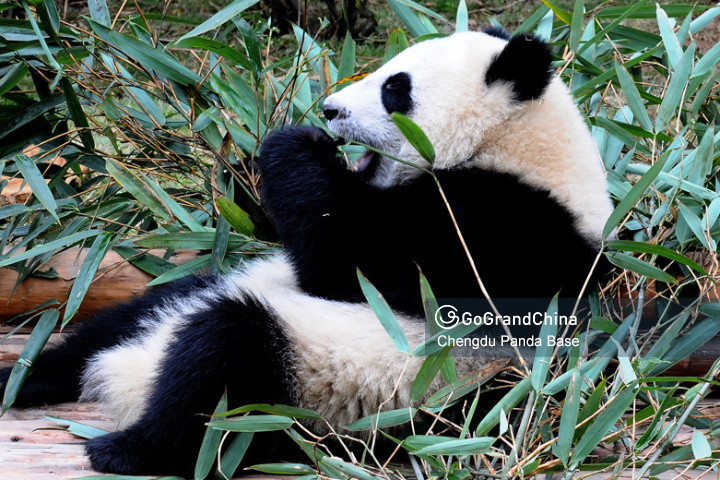
Leshan Giant Buddha
The 71 meter tall Giant Buddha of Leshan was carved in the 8th century CE on the hillside of Xijuo Peak overlooking the confluence of three rivers, it is the largest Buddhist sculpture in the world. A contemporary account of the creation of the Giant Buddha is preserved in the form of an inscribed tablet. Associated monuments include the 9th century Lingbao Pagoda and the Dafo (Giant Buddha) Temple dating from the early Qing Dynasty. Get more about Leshan Giant Buddha.
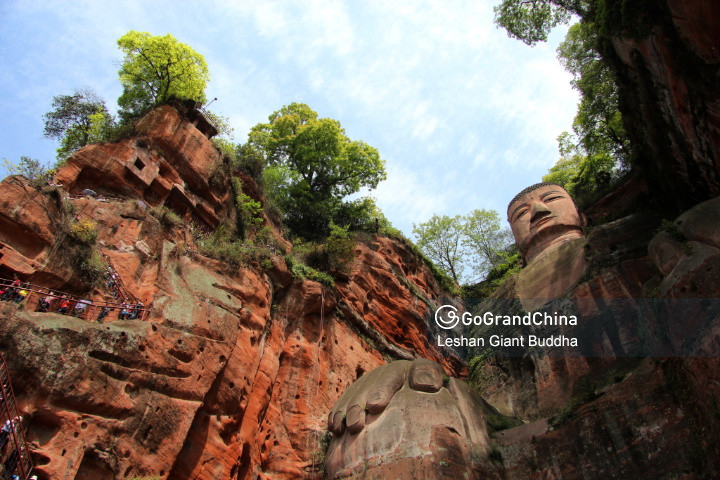
Mount Emei
Mount Emei is an area of striking scenic beauty. It is also of great spiritual and cultural importance because of its role in the introduction of Buddhism into China. The conscious siting of so many of the cultural monuments, particularly of traditional architecture, within the natural environment makes it a cultural landscape of very high order. Mount Emei is also notable for its exceptionally diverse vegetation, ranging from subtropical to subalpine pine forests. Some of the trees there are more than 1,000 years old. Get more about Mount Emei.
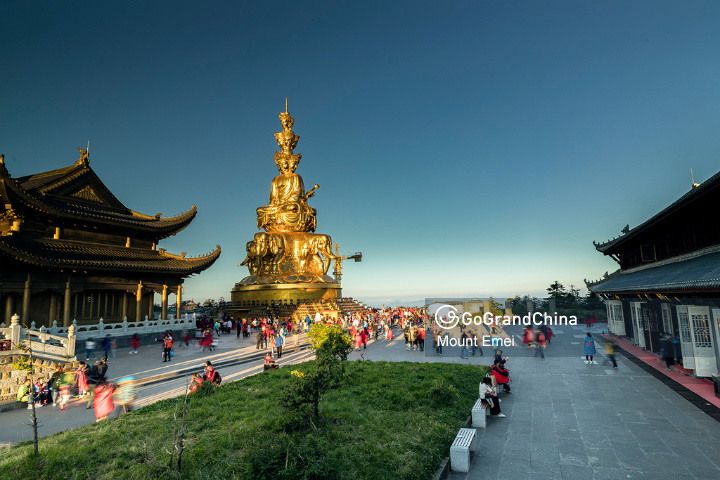
Dujiangyan Irrigation System
The Dujiangyan irrigation system, located in the western portion of the Chengdu flatlands at the junction between the Sichuan basin and the Qinghai-Tibet plateau, is an ecological engineering feat originally constructed around 256 BC. Modified and enlarged during the Tang, Song, Yuan and Ming dynasties, it uses natural topographic and hydrological features to solve problems of diverting water for irrigation, draining sediment, flood control, and flow control without the use of dams. The system has produced comprehensive benefits in flood control, irrigation, water transport and general water consumption. Begun over 2,250 years ago, it now irrigates 668,700 hectares of farmland. Get more about Dujiangyan Irrigation System.
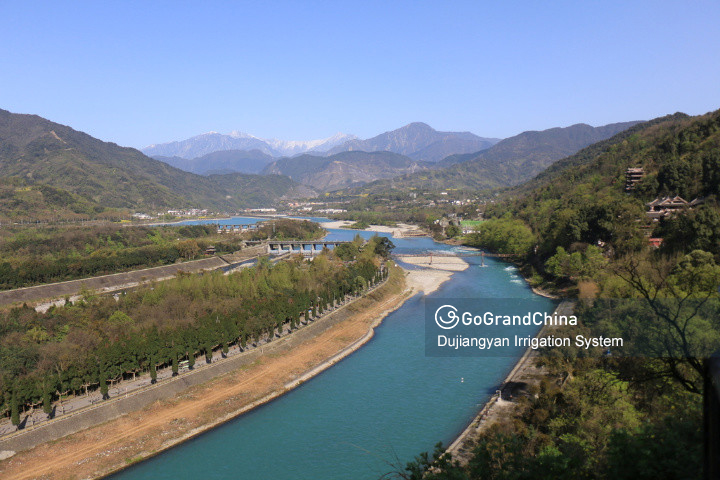
Mount Qingcheng
Mount Qingcheng is a mountain famous in Chinese history as the place where in 142 CE the philosopher Zhang Ling founded the doctrine of Chinese Taoism. Most of the essential elements of Taoism culture are embodied in the teachings of Taoism that emanated from the temples that were subsequently built on the mountain during the Jin and Tang dynasties. The mountain resumed its role as the intellectual and spiritual centre of Taoism in the 17th century. The eleven important Taoist temples on the mountain reflect the traditional architecture of western Sichuan and include the Erwang Temple, the Fulong Temple, the Changdao Temple built over the place where Zhang Ling preached his doctrines, and the Jianfu Palace (formerly the Zhangren Temple). Get more about Mount Qingcheng.
